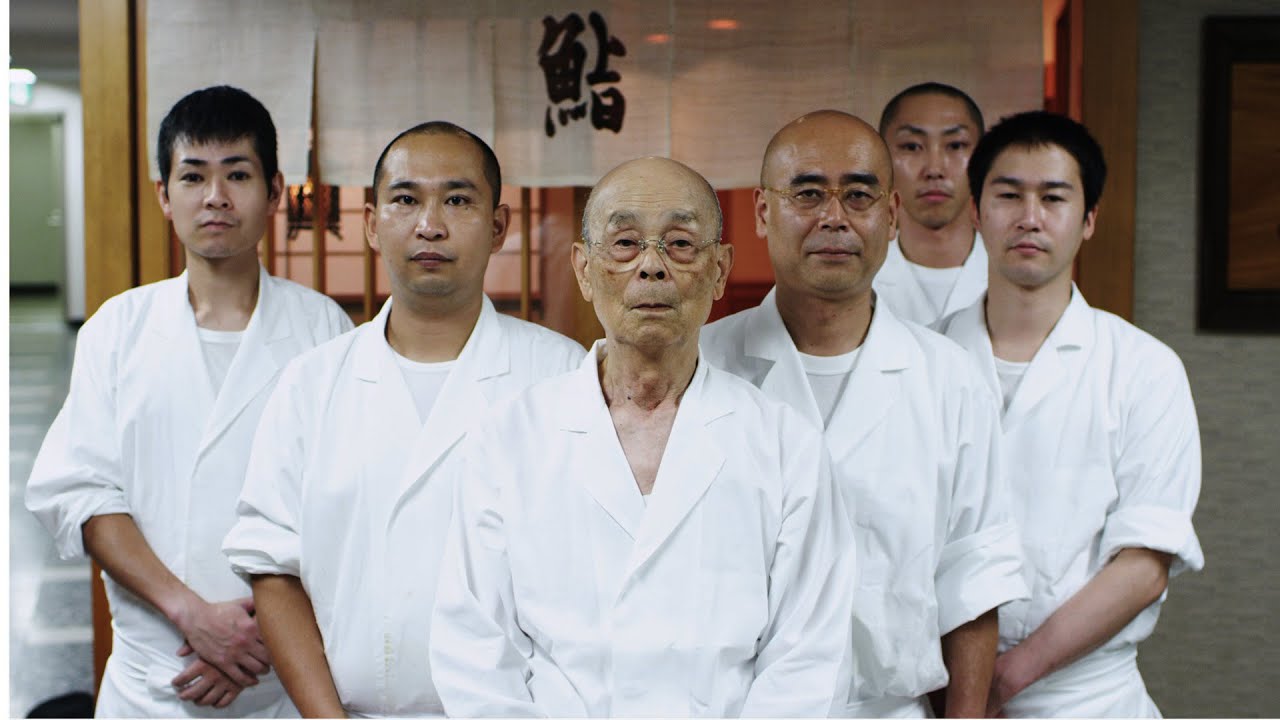If The Bear revealed the raw energy and emotional complexity of teamwork under fire, Jiro Dreams of Sushi presents a quieter but no less powerful portrait of leadership. Jiro Ono’s Tokyo-based sushi restaurant, run with monastic precision, stands as one of the most revered kitchens in the world — and also one of the most instructive case studies for corporate leaders.
In Jiro’s world, there are no performance reviews, OKRs, or corporate retreats. Yet his team consistently delivers at a world-class level. How? Because excellence is embedded in every layer of their practice — not as a goal, but as a culture.
Here’s what corporate leaders can learn from Jiro’s approach to mastery and team-building:
Mastery is Repetition Without Complacency
Jiro has made sushi for over 60 years. He still comes to work every day, seeking to make the next piece better than the last. In corporate environments, repetition is often seen as stagnation — “we’ve done this before.” But Jiro shows that true mastery emerges from doing the same thing again and again — with intention.
In enterprise settings, this mindset applies to everything from product launches to sales playbooks to quarterly planning. The best leaders resist the urge to chase novelty for novelty’s sake. Instead, they build muscle memory through refined practice. Continuous improvement isn’t a buzzword in Jiro’s world — it’s a way of life.
Elevate the Invisible Work
Jiro’s apprentices spend months — sometimes years — perfecting tasks like massaging octopus or cooking rice. These are jobs that diners never notice. But they’re essential to the end product.
In most organizations, invisible work is overlooked and underappreciated: system maintenance, QA testing, internal documentation, onboarding new team members. The lesson here is simple: if the customer-facing outcome is suffering, look at the supporting structure. Great teams aren’t built on heroics — they’re built on a thousand unsexy but excellent actions performed consistently.
Trust Is Built Through Time, Not Titles
In Jiro’s kitchen, responsibility is earned, not assigned. Newcomers start with menial tasks and slowly graduate to more complex work based on trust and demonstrated competence. There’s no rush. No entitlement.
In corporate life, we often promote based on credentials or politics. But real trust — the kind that allows you to delegate critical work — comes from time in the trenches. Great leaders don’t just empower people by fiat. They grow them slowly, methodically, and deliberately. And when they delegate, they mean it.
Operational Excellence > Heroic Effort
There are no panic moments in Jiro’s kitchen. Everything is calm, measured, quiet. Why? Because process replaces panic. Mise en place isn’t just for cooking — it’s a metaphor for operational readiness.
In corporate teams, high stress often comes from a lack of clarity or discipline. Teams rush, react, and redo. But the most effective organizations run like Jiro’s kitchen: everyone knows their role, nothing is left to chance, and excellence is engineered into the workflow. This is the difference between managing chaos and eliminating it.
Leaders Set the Cultural Ceiling
Jiro doesn’t give pep talks. He leads by doing. His standards are exacting, and his team meets them because they’re non-negotiable. Not because of fear — but because of shared pride.
This is true in the boardroom too. If a CEO cuts corners, the org will cut corners. If an executive overtalks others in meetings, don’t be surprised when middle managers do the same. Culture is set at the top, not through slide decks or values posters, but through behavior modeled every day.
Obsession Can Be a Feature, Not a Bug
In tech, obsession is often glamorized in founders but discouraged in middle management. Yet Jiro’s obsessive attention to detail — the temperature of the rice, the aging of the fish — is what creates transcendence.
Leaders in corporate environments often fear being “too deep in the weeds.” But in reality, the best ones dive deep not to micromanage, but to understand what excellence really requires. Obsession, when focused and purposeful, is a competitive advantage. It’s what turns good into unforgettable.
Depth Beats Breadth When Building Legacy
Jiro never diversified. No second location. No spinoff. Just a single 10-seat restaurant. But that restraint — that discipline of depth — is what made his work timeless.
In business, we’re often told to scale, diversify, “10x.” But sometimes the path to legacy is to go deeper, not wider. Whether it’s a product line, a customer segment, or a strategic focus — companies and leaders that resist distraction often deliver the most meaningful outcomes over time.
Final Thought
Jiro’s sushi kitchen might seem like a world apart from the boardroom, but his lessons are universal. Build trust slowly. Invest in repetition. Elevate the invisible. Lead by example. And above all, pursue excellence not as a finish line, but as a lifelong habit.
If The Bear taught us about grit and emotional resilience, Jiro Dreams of Sushi teaches us about grace, precision, and quiet excellence. Both belong in every leader’s toolkit.
Note: Images are for editorial commentary only. All rights belong to their original creators.
